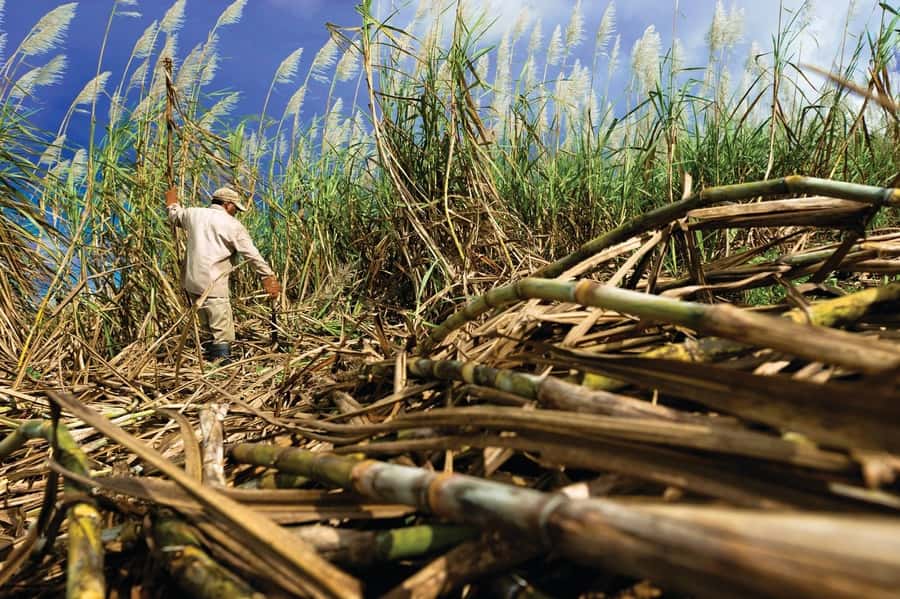Porto Alegre, April 22th, 2025 – The most recent data from Unica for the second half of March show the continued strong progress in speeding up the crop by mills in the Center-South region. In the second half of March alone, 23 mills started crushing the new crop earlier than the expected 38 by SAFRAS & Mercado. This expectation was even higher at the beginning of the year when, in a survey conducted amid crushing units, we had estimated 48 mills.
However, the effects of the short-term drought that occurred between February and the first three weeks of March led the mills to postpone their premature crush start, waiting for new rain, which is now being confirmed in April and exposing cane fields to longer periods of moisture. Returning to the most recent data, SAFRAS & Mercado draws special attention to the pattern of the production mix. Between the first and second half of March, the average mix in the Center-South went from 69% to 56%.
Only the 12% decline in the production mix from the first to the second half of March would be enough to justify the higher prices we have seen in the physical market over the last few days. However, one fact that draws plenty of attention is the low pattern of the mix for ethanol compared to what is usually observed at the beginning of the crop. Generally, during the first four fortnights of production, mills drive 70% to 100% of the mix to ethanol.
Examples of mills that allocate 100% of their harvest to ethanol are not rare. This has happened because mills have a greater need to fulfill their sugar export contracts in the second quarter of the year amid lower carryover stocks of VHP sugar in the first quarter. In January, stocks of 2.61 mln tons of VHP in the Center-South showed a 56% decline YoY and a 38% from the five-year average for the same period. In February, the region’s VHP stocks of 1.61 mln tons showed a 61% decline YoY and a 49% decrease from the five-year average.
The scenario did not improve in March, with VHP stocks at 1.20 mln tons, fluctuating with a 66% decline YoY and a 53% decline from the five-year average. Another positive externality of this scenario of a less concentrated production share for ethanol is the creation of an upward movement in the physical market, which has been seen since the start of the third week of April. With the arrival of the new 2025/26 crop, prices were expected to fall, but as this crop is less concentrated for ethanol, prices have been rising.
The demand for hydrated ethanol in March hit 1.70 bln liters, down 7% from the same period last year and only 0.09% from the immediately preceding month. SAFRA & Mercado’s expectation for sales by mills to distributors in March was 1.66 bln liters, up 3% from the effective data for the period.
Anhydrous ethanol followed the opposite path, with total sales in March of 1.04 bln liters, up 10% YoY and 4% in the margin. For March, SAFRA & Mercado expected anhydrous sales of nearly 996 mln liters, which ended up being 4% lower than the effective data for the period. Furthermore, it is interesting to note that anhydrous ethanol sales in March were 17% higher than the five-year average for the same period, while hydrated ethanol sales were only 5% higher than the five-year average.
Furthermore, SAFRAS & Mercado warns that the next Unica crushing reports for April and May (both for the first and second halves of the month) will show exponential increases for cane crushing and sugar production, mainly. This is because, in addition to the seasonality of the period that would naturally boost production, with the start of the new crop, there will also be a backlog of the mills that would have started operations earlier than usual during the first and second halves of March and ended up not starting them, leaving the regular start for April and May. As a result, the downward pressure on sugar prices in New York will be intensified in these months.









